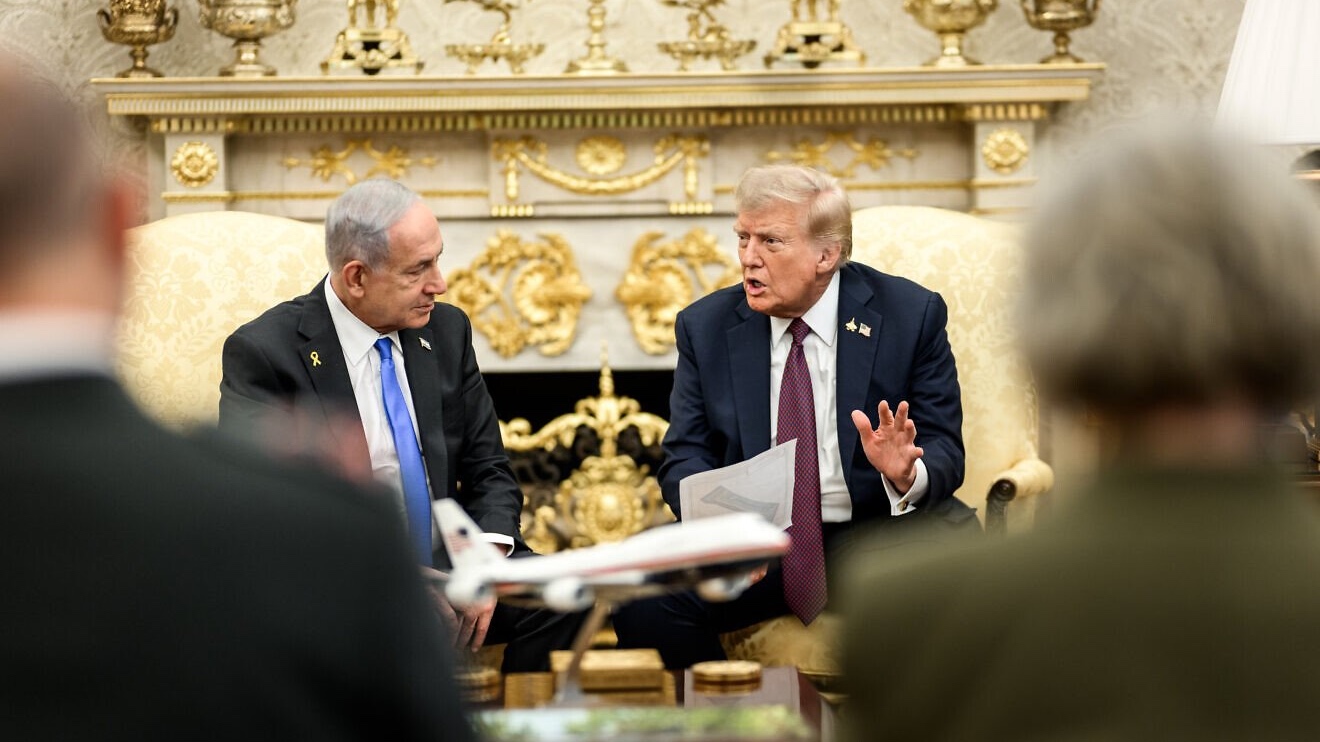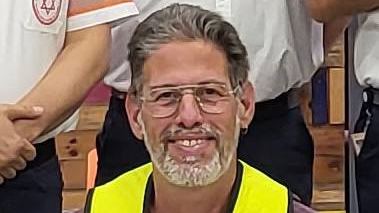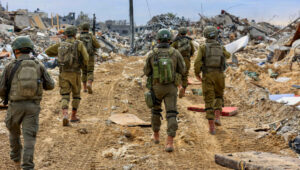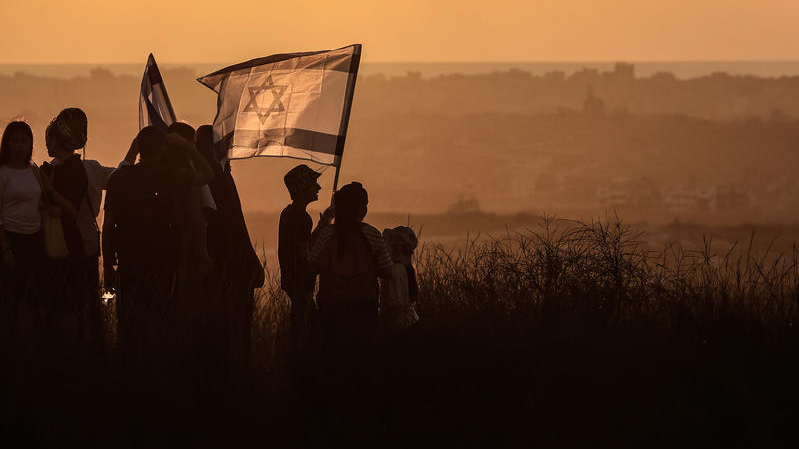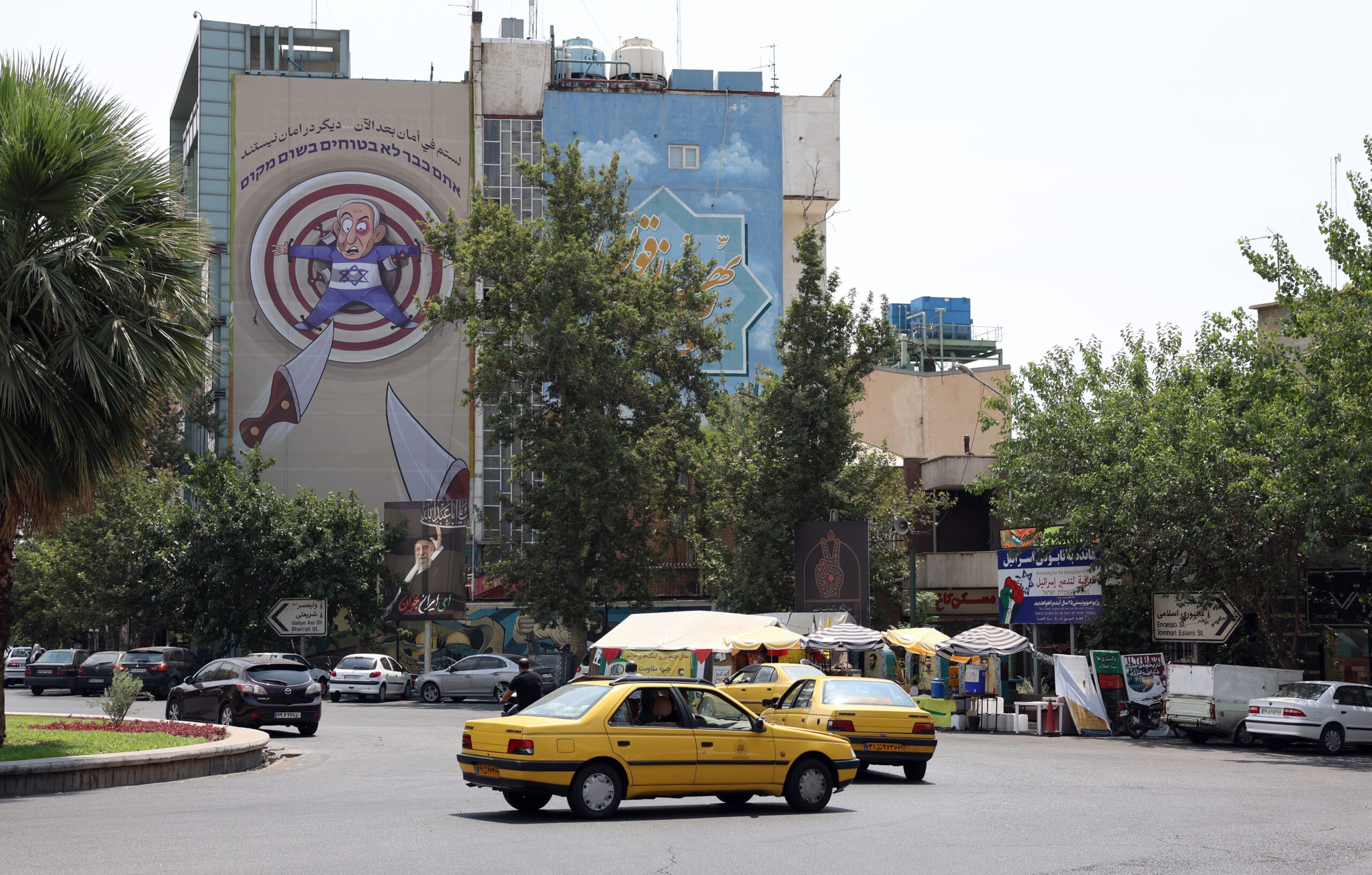(JNS) The United States will deploy up to 200 troops to Israel to support the ceasefire agreement, two senior White House officials told reporters on background.
Speaking at a press briefing on Thursday, the officials said that the troops, under US Central Command’s Adm. Brad Cooper, would not enter Gaza.
“He’ll initially have 200 people on the ground. His role will be to oversee, observe, make sure there are no violations-incursions. Everybody’s worried about the other side,” one of the senior officials said.
“Much of this is going to be oversight. Embedded within his team of 200 people will probably be a bunch of people from the Egyptian armed forces who will help, the Qatari armed forces who will help, as well as the Turks and probably the Emiratis,” the official told reporters.
JNS sought comment from the White House about where the Egyptian, Emirati, Qatari and Turkish forces would go.
After this article ran, the White House stated that “up to 200 US personnel, who are already stationed at CENTCOM, will be tasked with monitoring the peace agreement in Israel, and they will work with other international forces on the ground.”
The White House told JNS that “up to 200 personnel will be tasked with monitoring the agreement,” and that it is “possible some will be on the ground in Israel.”
US troops have previously deployed to Israel during the Persian Gulf War to operate Patriot missile batteries and most recently in 2024, when American troops helped defend Israel against Iranian missile attacks. For decades, Washington has also kept a peacekeeping force in Sinai to observe the Egyptian-Israeli peace agreement.
The 20-point plan released by the White House calls for the creation of a “temporary international stabilization force” that will “immediately deploy in Gaza” and “will train and provide support to vetted Palestinian police forces in Gaza.”
None of the countries the senior official mentioned has publicly committed to being involved in the force.
While it’s unclear how that step in the plan will be executed, the senior US officials gave fresh details about how the initial days of the ceasefire-for-hostages deal might proceed.
“What should happen now is, hopefully, the Israeli cabinet approves, Israel will withdraw to the line, and then we do the exchange within 72 hours,” one of the officials said. “I think that will take a lot of the pressure off everybody.”
“Then what happens is we’re going to work with the Israelis and CENTCOM will be involved to set up a joint task force and then the international stabilization force will start building there,” the official told reporters.
“There’s been a lot of work done to put that together, but the international stabilization force will basically be able to hopefully replace the Israel Defense Forces on the yellow line, and then there’ll be discussions, and then we’ll see if there really is a true pathway for, I think we’re using a ‘decommissioning’ of the military installations in Gaza and the heavy arms in order to to get that going,” the senior official said.
The 20-point plan included a map of Gaza with a succession of lines depicting Israel’s current line of control in blue; a first phase of withdrawal in exchange for the hostages in yellow; and a second line of withdrawal in red during the transition to the stabilization force and a final Israeli withdrawal from nearly all of Gaza to a security buffer zone.
Just minutes after the press briefing concluded, Israel’s cabinet voted to approve the plan on Thursday.
US special envoy to the Mideast Steve Witkoff and US President Donald Trump’s son-in-law and former senior adviser Jared Kushner briefed the Israeli cabinet about the plan hours before the vote.
Trump said earlier on Thursday that he might fly to the region this week and that he expects the hostages to be released on Monday or Tuesday.
Want more news from Israel?
Click Here to sign up for our FREE daily email updates


